
Mobile phones give pause for thought
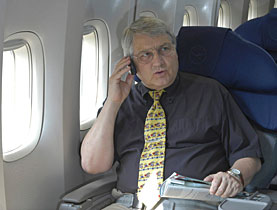
It's good news for some, and bad news for others: mobile phones are to be allowed on European airlines.
But not all companies are rushing to take advantage of new European Union regulations opening up the airwaves. Swiss International Air Lines has not installed the necessary equipment and is one of those waiting to see how the wind blows.
“Swiss is following attentively the technical developments, but for the moment there is no question of introducing it,” airline spokesman Jean-Claude Donzel told swissinfo.
“Feedback from our customers says that they do not want to be disturbed by hundreds of people speaking together in the cabin of an aircraft.”
There is no escape on a plane as there is on a train. “I am not sure than on a 12-hour flight to Tokyo passengers will like to hear the life story of their neighbour,” he said.
“But you never say no in life… We will follow the situation on the market, and we will listen to our customers. If there is a need then we will have to go over this question again.”
New technology, new rules
Until recently passengers have been forbidden to use their own phones in flight because they could affect the aircraft’s on-board systems. New technology has overcome this problem.
Passenger phones will now be linked to an on-board network – in effect a mobile phone mast, called a picocell, which is connected to the ground via satellite. This keeps the transmission levels low to avoid the risk of interference.
It is up to the individual airlines to decide whether to install this technology. The purpose of the new EU regulations is to ensure that those airlines that have it are able to use it.
Under the new rules, the European national telecommunications authorities are obliged to allow the use of in-flight mobile phones by the end of the year.
One important step to enable this to happen is mutual recognition. Aircraft will be licensed by the authority in the country in which they are registered, and the license issued in one country will be recognised by the regulators in all the other EU countries.
In addition, frequencies have to be allotted for the phones, and the equipment has to be certified as safe.
In both cases, the national Swiss bodies responsible are part of the relevant European regulatory bodies.
In Switzerland applications for frequencies have to be submitted to the Federal Communications Office. But as long as the frequencies are coordinated at European level this is not a problem, Communications Office spokeswoman Caroline Sauser explained.
As for the technical aspect of the equipment, this is the responsibility of the Federal Civil Aviation Office, but it has little to do itself.
“Basically all the work is done by EASA, the European Aviation Safety Agency, based in Cologne,” civil aviation spokesman Anton Kohler told swissinfo. “Because Switzerland is a member of EASA, automatically when the equipment is certified you can also use it in a Swiss aircraft.”
“We just have to check that the whole process was done correctly and that the system works correctly.”
Exactly how this will be done in practice has not yet been defined, but some form of monitoring will be necessary, since the modification entails a major change in the design of the aircraft.
So far the aviation office has received no applications.
No need for concern
The Geneva based joint venture OnAir, which offers in-flight mobile phone technology and already has a number of customers signed up to its system, naturally welcomes the new regulations.
OnAir spokesman Charlie Pryor played down widely expressed fears that many passengers will be bothered by constant ring-tones and loud conversations.
“Airlines are expert at managing the cabin environment,” he told swissinfo. “The OnAir system provides the cabin crew with complete control. They can turn the voice element or the whole thing off at any point.”
He suggested that airlines would probably switch the system off overnight. Conversely, on midweek flights with plenty of business people on board the service could prove very popular.
He had good news for those who dread the thought of flying amidst a continuous babble of other people’s conversation.
“The system can handle up to 12 simultaneous calls, so it’s not as if everyone on the plane is talking away,” he explained. “In micro tests so far OnAir has found that in a single-aisle aircraft 12 are plenty.”
But the news isn’t quite so good as it sounds: 12 is the number per picocell. There is nothing to stop further picocells being installed if the demand is there.
Eleven airlines – four of them based in Europe – have so far expressed an interest to OnAir. Its aim now is to get them “up and running” and to sign on more.
Meanwhile the airline Swiss is waiting, and listening to its customers, who for the time being at least are being spared the need to listen to their neighbours.
swissinfo, Julia Slater
It is estimated that 90% of passengers flying within the EU have mobile phones with them.
Passengers will be able to use phones above 3,000 meters.
Calls will be charged according to a set rate, regardless of the airspace in which they are made.
Air France has already tested in-flight mobile phones.
Other European airlines intending to instal them shortly are TAP, BMI and Ryanair.

In compliance with the JTI standards
More: SWI swissinfo.ch certified by the Journalism Trust Initiative
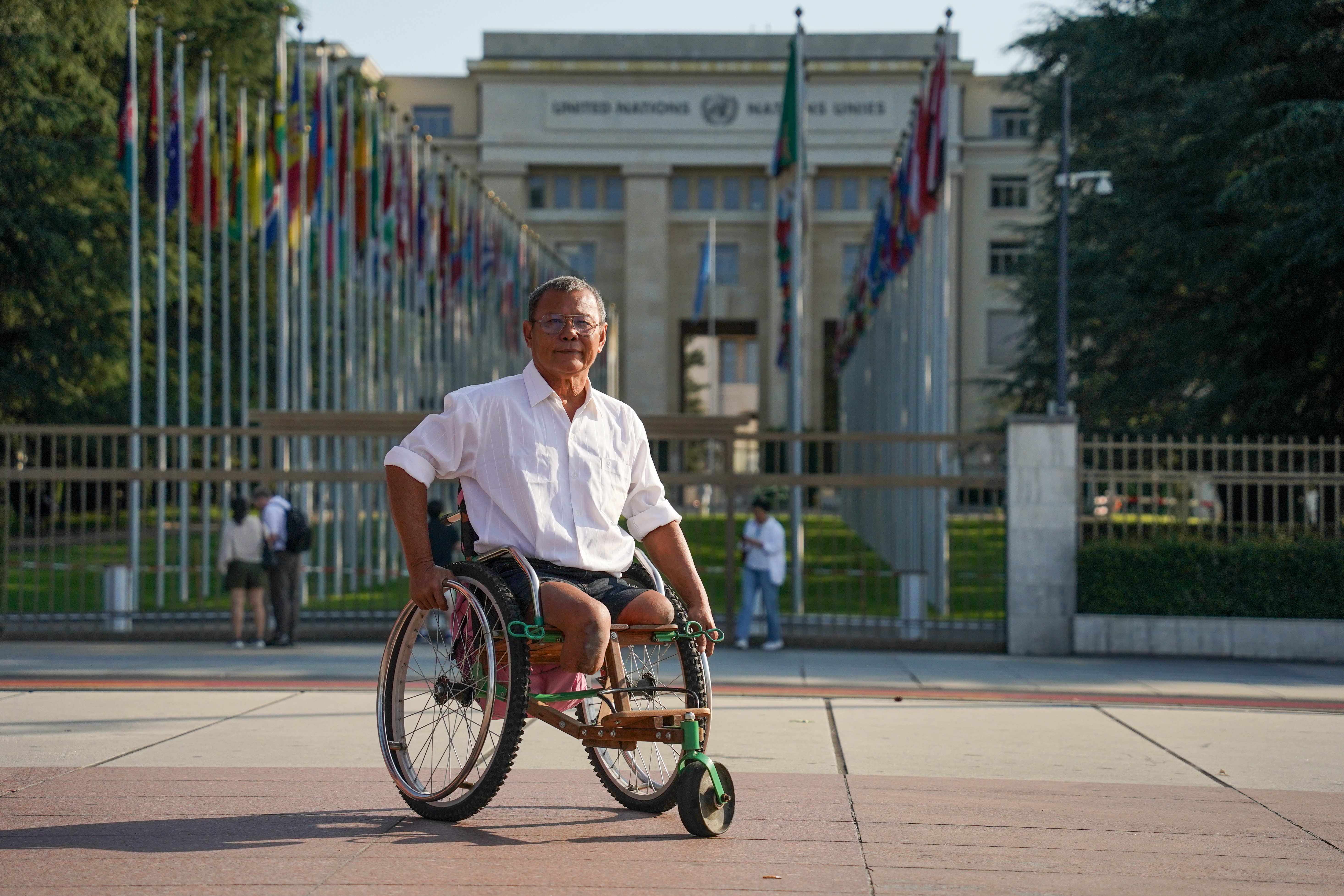




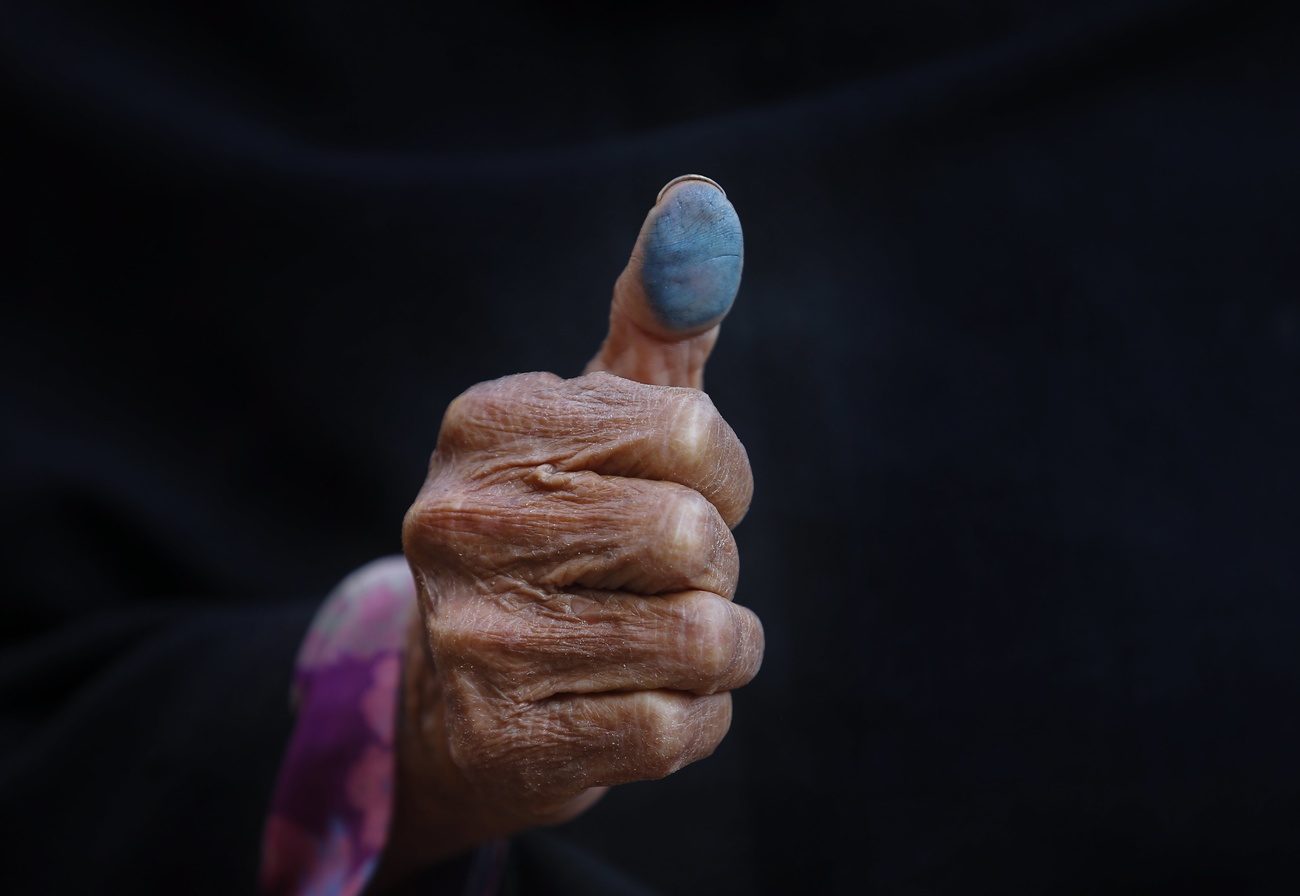









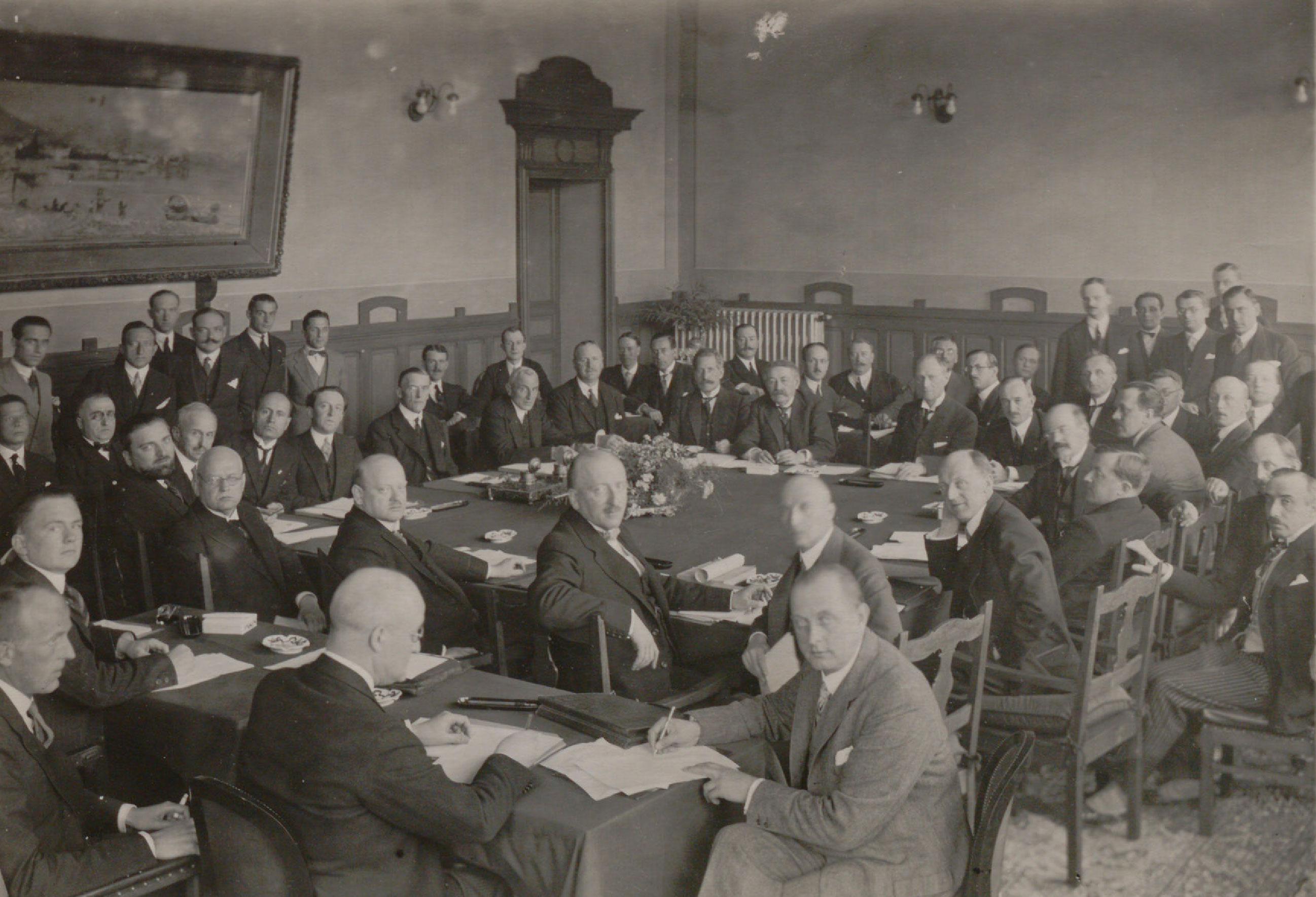


















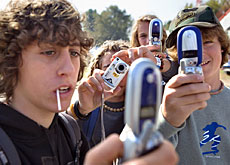

You can find an overview of ongoing debates with our journalists here . Please join us!
If you want to start a conversation about a topic raised in this article or want to report factual errors, email us at english@swissinfo.ch.